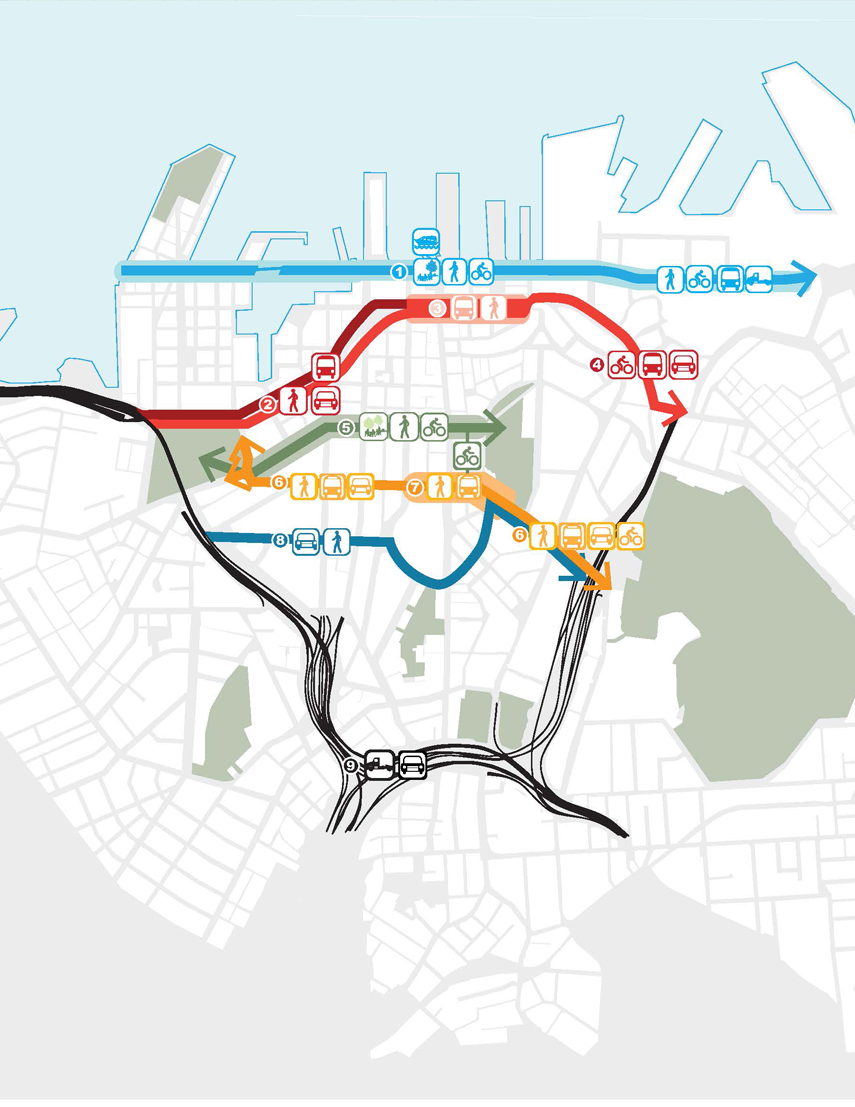Bringing together public transport and public space goals for Auckland’s city centre.
The City East West Transport (CEWT) Study will help guide future transport and associated land use planning decisions along the key east-west corridors through Auckland city centre
There was a strong need to resolve the complex and competing demands for space in the city centre. Bringing together the vision of the City Centre Masterplan and the New Network for Auckland’s buses while maintaining appropriate access and capacity for general traffic will lead to a transformation of the Auckland city centre over the next decade.


